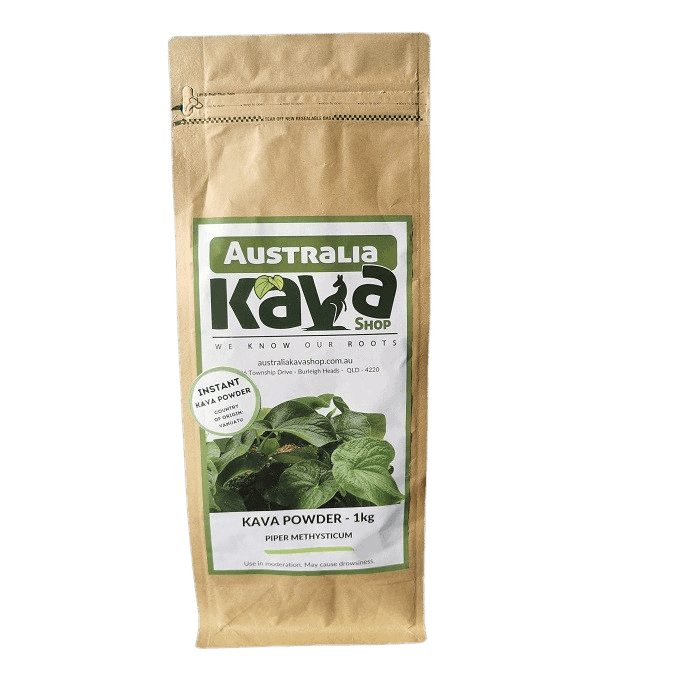What are Kava Extracts?
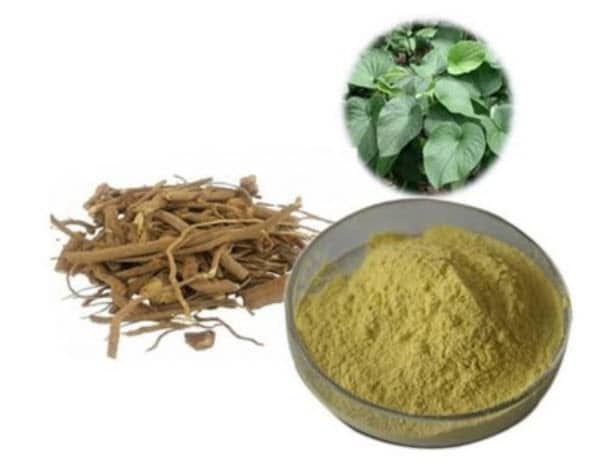
What are kava extracts? Well, they are the “kavalactones” in concentrated form. Kava extracts are made by soaking kava roots in a solvent such as water, alcohol/acetone, and CO2. Piper mythesticum is the kava plant whose roots are used. Always, the end goal in all extracts is to concentrate the amount of kavalactones. Accordingly, this means that there is less bulk required to achieve larger amounts of kava lactones.
Anyway, once this initial phase is complete, the solvent is then evaporated away. What remains are the kavalactones that make kava such an effective herbal remedy.
Once a kava concentrate is achieved, it can then be applied for ease of shipping and then applied to value-added kava products.
Kava extract is used to treat anxiety and insomnia. It’s also used as a muscle relaxant during massage therapy and can be applied directly to the skin as an anti-inflammatory.
Kava extracts are often used to treat anxiety and insomnia because the kavalactones are known for their calming effect on the central nervous system. They’re also used as muscle relaxants during massage therapy because they have analgesic properties. That is, they reduce pain without having any negative side effects like drowsiness or confusion as some prescription painkillers do.
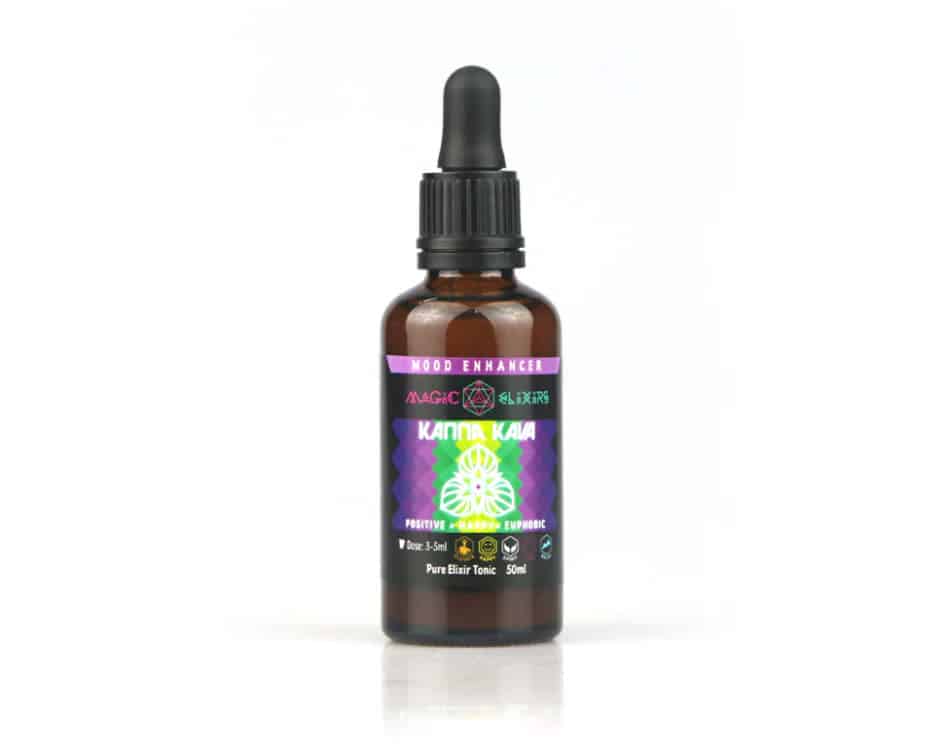
Kava extracts are often used topically as well, especially in facial masks designed to reduce wrinkles and other signs of aging. The anti-inflammatory properties in some types of kava extract make it useful for reducing redness from sunburns or acne breakouts too!
Let’s cover the three main type of kava extracts:
Alcohol kava extracts
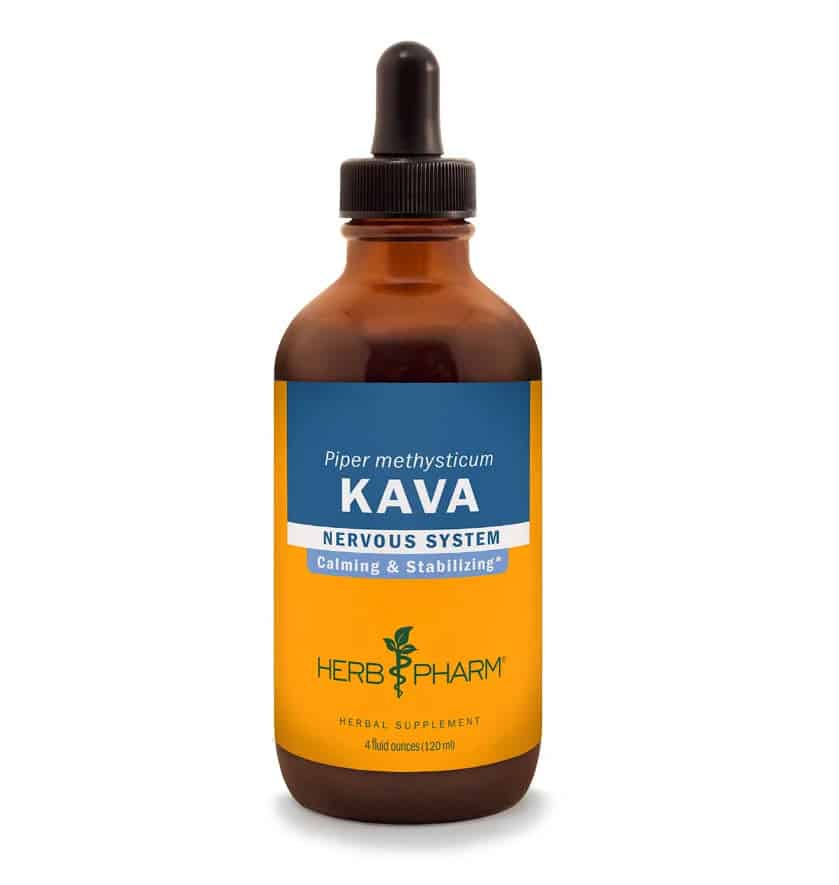
Kava extracts are made using an alcohol or acetone process. The kava root is dried and then crushed into powder. The powder is placed in a container with the solvent, which dissolves the active ingredients in the extract. Once the solvent has been added, it is allowed to sit for several hours or even days to allow for maximum extraction of active ingredients from the plant material.
The resulting liquid is filtered and concentrated into a paste that can be used for consumption or other uses, commonly in kava tinctures
Aqueous kava extracts
The process begins with grinding or crushing the kava root and then placing it in water. Next, the water is heated to below 50 degrees Celsius to help extract all the kavalactones from the root. After that, the kavalactones are filtered out of the solution using a mix of centrifugal manual processes. As such, this is done until the solution is holding mostly only kavalactones from the kava root. The resulting paste is then either kept in paste form or dehydrated into a powder form. This process is most used to make Instant kava. Interestingly, instant kava is one of the most popular kavas in places like Australia and New Zealand.
CO2 kava extracts
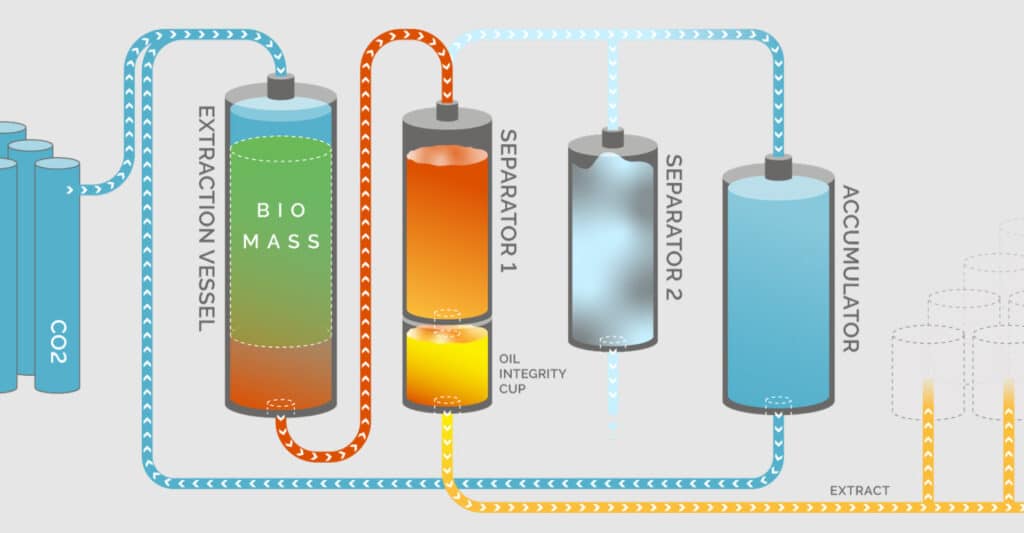
The CO2 process is considered the most effective method. However, it does remove almost all non-kavalactone material. The result is an extract that is very difficult to apply to a food and beverage product. It is the kava extract type that is most used for beauty products that have kava in them.
The first step is to take whole kava root and grind it into a fine powder, which is then mixed with ethanol. Next, the mixture is placed into a closed system that uses CO2 to extract the kavalactones from the mixture.
Kava extracts made using CO2 extraction technology (also called supercritical CO2 extraction). The liquid CO2 goes through your kavas at very high pressure (up to 2000 psi) and low temperatures (between -50°C and 30°C).
This extraction process is repeated multiple times until all the kavalactones have been extracted from the root powder. Finally, what’s left over is dried and sold as a kava paste!

